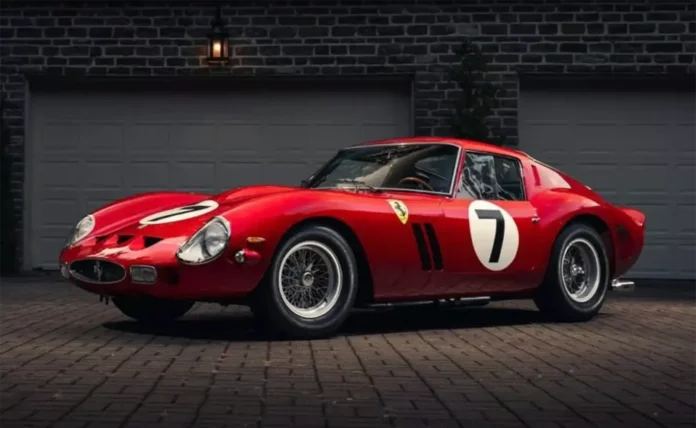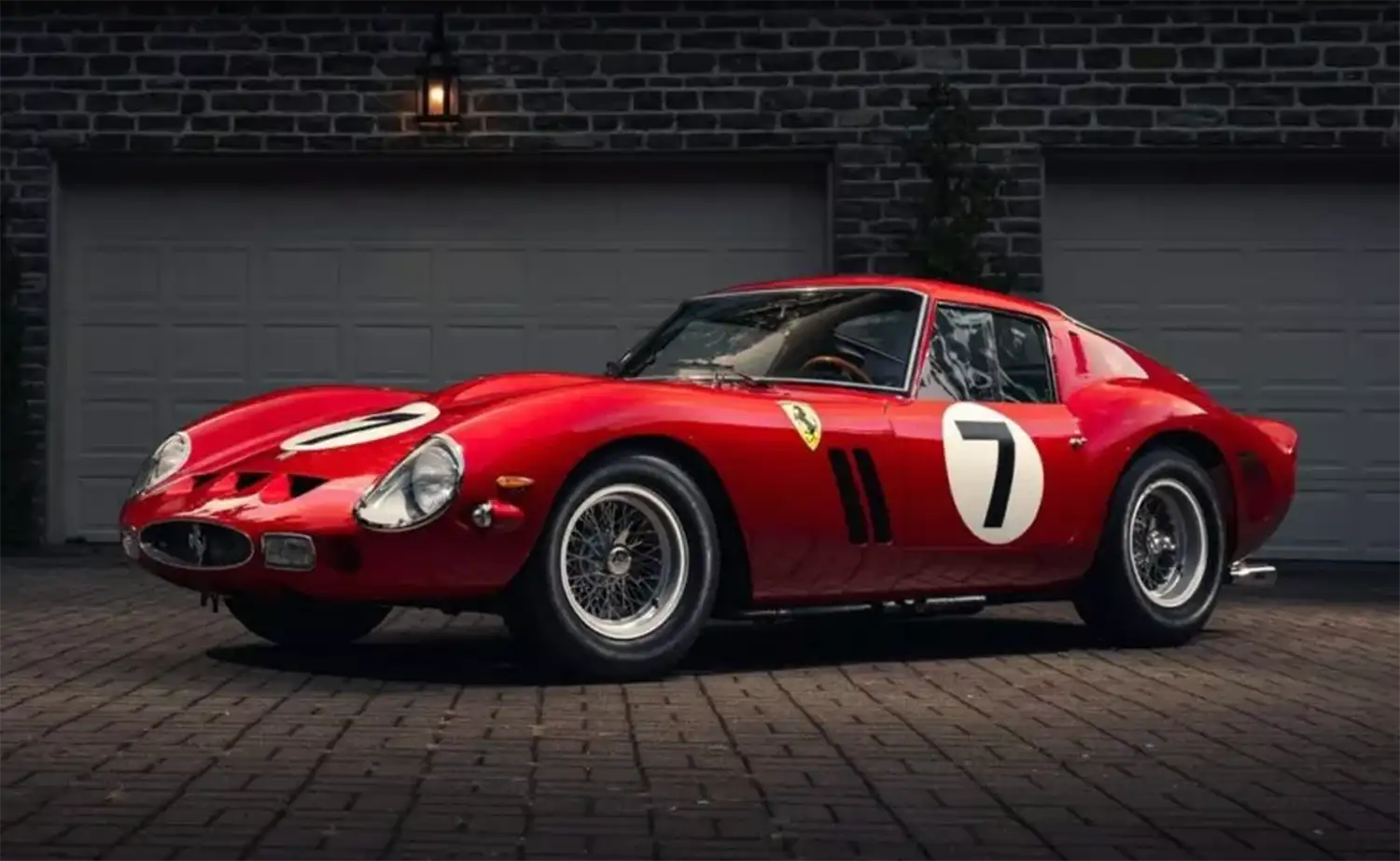
Source: RMSothebys
THE DEFINITION OF A LEGEND
A shimmering seaside sunset. A Perseid meteor streaking across the August night. A flash of lightning against a darkly brooding thunderhead. These are the fleeting moments of beauty and grandeur that, if left unrecognized, forever pass into the night of memory and regret. These are the chance opportunities that demand the attention of our eyes, those masters of vision and perception that have been dubbed the windows to the soul. And we must leave those eyes focused and steadfast. For just a momentary blink might cause us to miss something truly incredible: In this case, the offering of a speed machine so celebrated that it qualifies as the very definition of a legend.
By late 1961, Ferrari began to develop a competition replacement for the successful 250 GT SWB. While the Short Wheelbase Berlinetta had been a dominant force in its day, the beautiful sports-racer was increasingly approaching its limits, most evident in the upright front end that inherently prevented the model from exceeding 155 mph. Coincidental to these machinations at Maranello, the FIA’s CSI announced new regulations for the 1962 racing calendar, replacing the prior World Championship of Sports Cars with the new International Championship of Manufacturers, which was to be determined exclusively by GT production car racing classes. Larger-displacement prototype racecars would be allowed to participate in some events, but not for points.
With the 250 GT platform already firmly homologated after six years of racing activity and corresponding road car production, the model was an obvious choice for Ferrari to continue in 1962. The luminary engineer Giotto Bizzarrini was tasked with further refining the 250 GT berlinetta, and the bulk of his efforts centered on developing new coachwork through aerodynamic testing in the University of Pisa’s wind tunnel and on the Monza track.
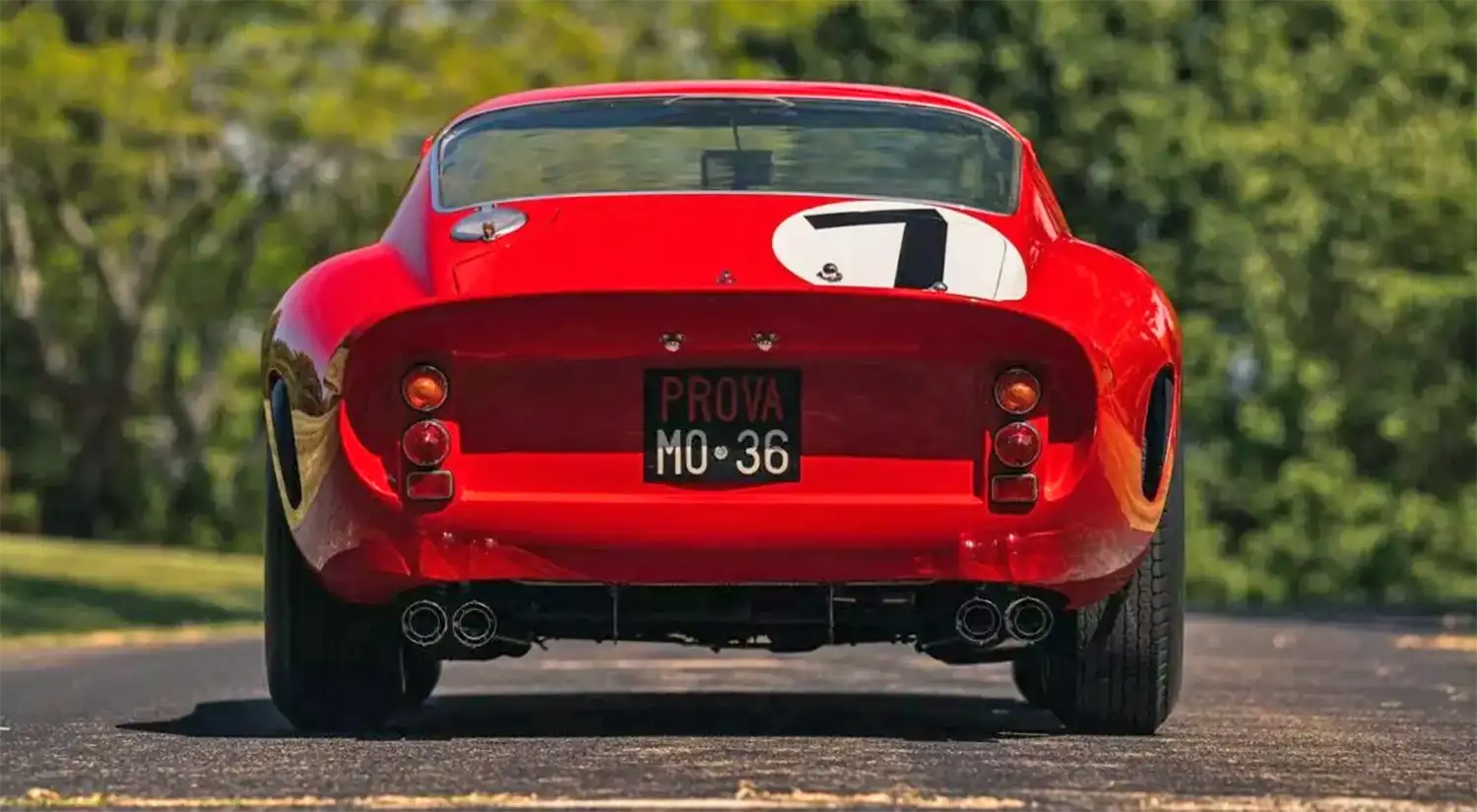
Introduced at a press conference in February 1962, the 250 GTO was absolutely stunning. Power was provided by the latest development of the 3-liter Colombo short-block V-12, a competition-tuned, dry-sump lubricated engine that breathed through six dual-throat Weber carburetors to produce 300 horsepower, in an echo of Testa Rossa engine specifications. The new type 539/62 chassis featured a number of engineering advances, including smaller, lighter tubing in some areas of the frame, a new all-synchromesh five-speed gearbox, and a revised rear suspension with stiffer springs and a stabilizing Watts linkage. Perhaps most significantly, the new chassis architecture and the dry-sump oil system allowed for the engine to be placed lower than the outgoing SWB, ensuring a lower center of gravity and correspondingly improved handling. Longer and lower than the 250 GT SWB, the new model also weighed roughly 250 pounds less than its predecessor.
As the Scuderia Ferrari continued to focus its sports car racing activities on the rear-engine Dino prototype racecars, the 250 GTO was largely entrusted to privateers, and numerous examples were sold to preferred racing clients (and marque distributors) like Maranello Concessionaires and Luigi Chinetti’s North American Racing Team. It did not take long for the GTO to make its mark in competition, as the second car built (chassis number 3387 GT) finished 1st in class and 2nd overall at the 1962 12 Hours of Sebring, with Phil Hill and Olivier Gendebien driving on behalf of Chinetti. This commenced a period of solid dominance that extended well into 1964, eventually establishing the 250 GTO as one of the most successful racing sports cars of all time.
Meanwhile, regulation changes were also afoot at the Circuit de la Sarthe. Despite the FIA’s attempt to limit competition to GT models only, the Le Mans organizers remained committed to the idea of the prototype racecar. So, for 1962, the ACO stipulated a larger-displacement 4-liter class whose purpose was ostensibly to develop cars that might eventually translate into road car production. Other endurance racing venues quickly followed suit, with a 4-liter class being adopted at Sebring, the Targa Florio, and the Nürburgring 1000 KM. This wrinkle was not lost on Ferrari’s engineers, and they soon began to seriously consider the potential of dropping a 4-liter motor into a GTO. It was this vein of thinking that gave rise to the fascinating history of the featured lot.
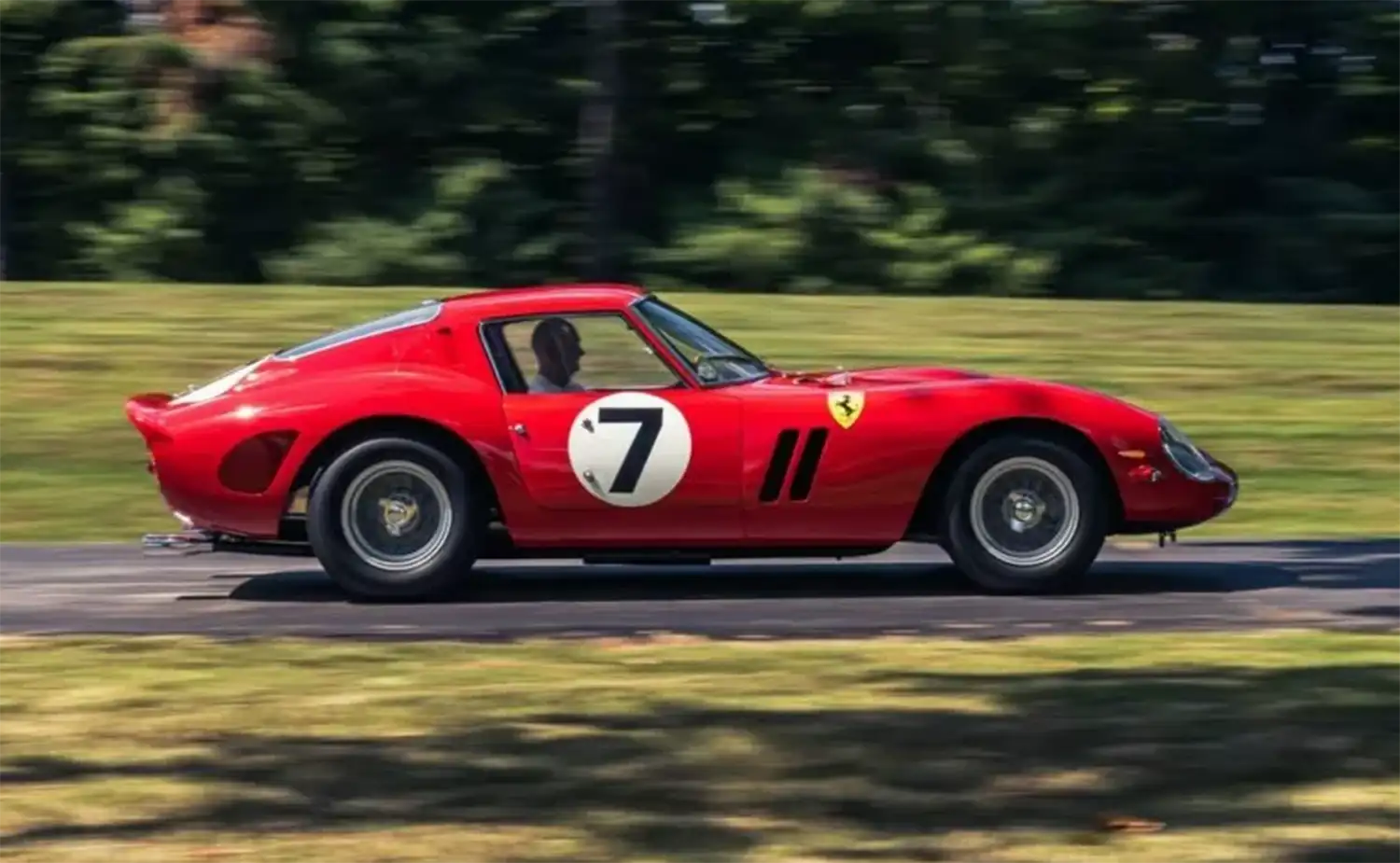
ONE OF ONE: CHASSIS NUMBER 3765
Claiming unique build provenance and a remarkable in-period racing pedigree that includes rare use by the factory, this spectacular GTO is among the model’s most singular examples. Chassis number 3765 is the only Works GTO example that was originally equipped with a 4-liter engine. This engine was built with the Colombo-style architecture but with an increased displacement of nearly four liters, and in this particular version it was converted to dry sump lubrication and tuned with special carburetors and camshafts.
As reflected by copies of factory build sheets and a history report by Rosso Corsa Consulting, a three-carburetor motor (engine number 42 SA) was tested in May 1962 and installed into chassis number 3765, which was approximately the ninth car built by date, and sequentially the 14th of 34 examples built with Tipo 1962 coachwork. Finished in Rosso Cina paint, the uprated GTO debuted for the Scuderia Ferrari at the Nürburgring 1000 KM on May 27, where it was entered as race #120. Works drivers Mike Parkes and Willy Mairesse piloted the car to a class win, and 2nd-overall finish, quickly justifying Maranello’s speculation about the potential of a 4-liter GTO. It is worth noting that 3765 is the only factory GTO Tipo 1962 example to have been campaigned by the Scuderia Ferrari.
With sights then fully set on Le Mans, the Ferrari factory overhauled 3765’s motive power. The three-carburetor engine was removed and replaced with a second engine (number 48 SA) fed by six Weber 42 DCN carburetors. Total output was estimated in the range of 390 horsepower, a considerable upgrade of power from the 3-liter engine.
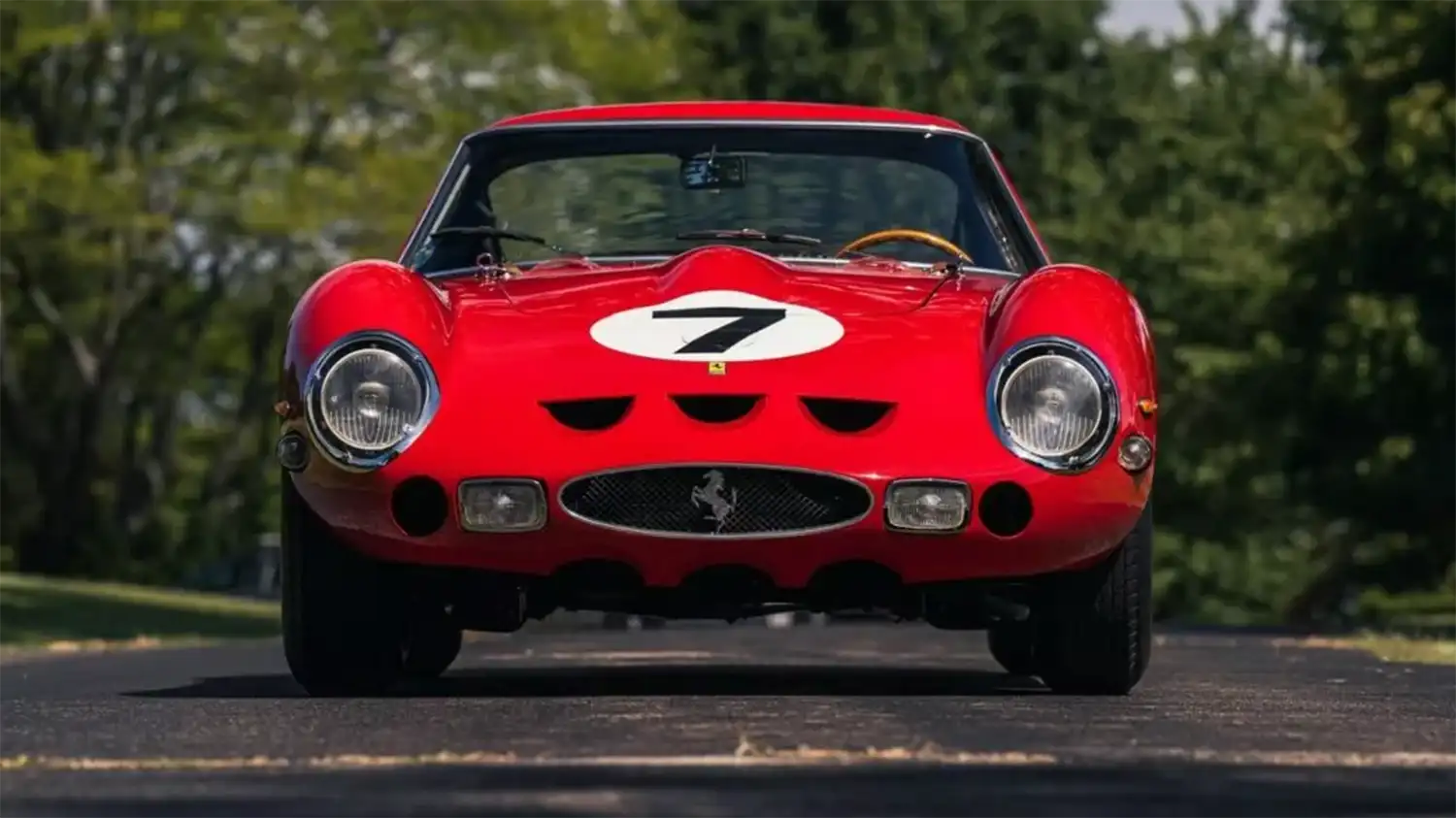
Some minor alterations were undertaken on the nose, partially as a result of the reconfigured engine, and in part to alleviate some minor corner damage incurred at the Nürburgring. While the characteristic triple triangular cooling vents above the grille had been blocked off at the Nürburgring, they were reopened for Le Mans. Unique driving lamps were added to the sides of the fenders just underneath the tear-shaped markers, and the hood bulge was reshaped, in all likelihood to accommodate the new six-carburetor intake set-up.
SEFAC Ferrari entered four total cars at the 1962 24 Hours of Le Mans, including two in the 4-liter class, a 330 TRI LM (which eventually won the race) and the 4-liter GTO, chassis number 3765. Two Dino racecars comprised the balance of the team. But the #7 GTO was not the only car of its kind, for it was joined by no less than four other 250 GTO examples entered by privateers, which figured among 13 total Ferraris on the starting grid.
During the Thursday qualifying session Mike Parkes made good use of 3765’s 4-liter engine, establishing the second-fastest lap of the day, and eventually securing a 4th-place starting position. Parkes took the first driving shift when the race began at 4 pm on Saturday, and he and Graham Hill’s Aston Martin leapt out to chase the leading Corvette, which was the pole position starter. By the first turn the GTO and the Aston Martin had passed the Corvette, and Parkes was approaching the Mulsanne corner at high speed as he attempted to pass Hill. Unfortunately, the GTO’s brakes were not equal to the task, and the car locked up at all four corners, helplessly sliding into a sand bank that guarded the circuit’s edge. Like many serious drivers, Parkes carried a shovel onboard, and he spent roughly 30 minutes digging the car out. After being extricated from the sand bank, 3765 limped back to the pits, where the crew hurriedly attempted to rectify any damage.
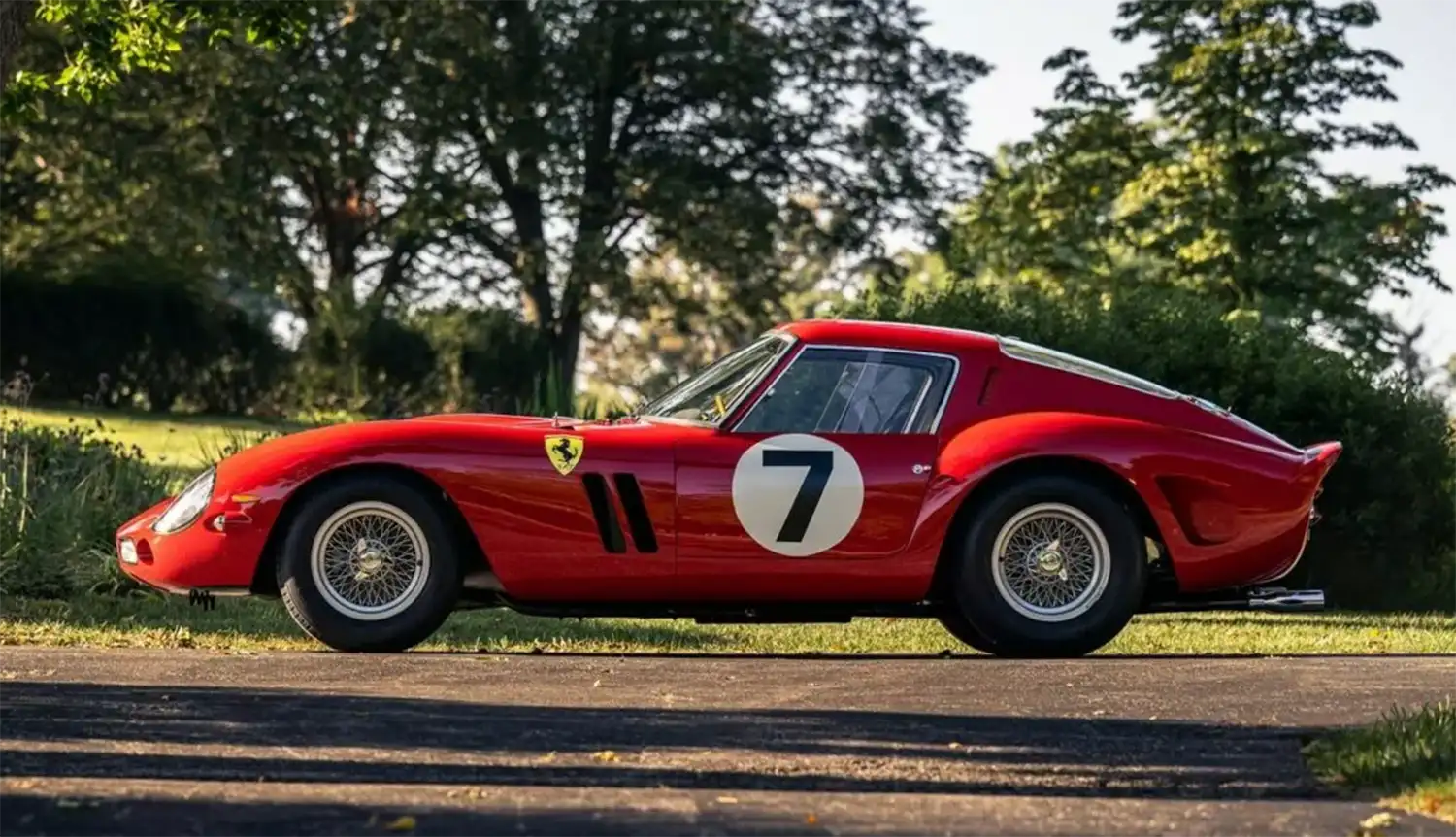
When co-driver Lorenzo Bandini resumed the race, the GTO had dropped to 53rd place, but over the next five hours the Ferrari steadily ascended the field, rising as high as 42nd place by the seventh hour. It was nevertheless becoming increasingly evident that the engine was on the verge of overheating, an issue that may have been caused by a blockage of the radiator with sand from the accident. At 9:40 pm, more than halfway through the sixth hour, and having covered 56 laps, the Works Scuderia Ferrari GTO finally overheated, forcing a disappointing early retirement.
FROM LE MANS TO SICILY
With the conclusion of the 1962 season’s 4-liter class-eligible events, there was little purpose for Ferrari to continue campaigning 3765, and the car was refurbished as necessary for client sales. In November 1962 the Ferrari was purchased by Trieste resident Pietro Ferraro, and for his use the GTO underwent another series of factory modifications conducted in May 1963. As indicated in a secondary build document, as well as a later letter from the factory, 3765 was returned to Maranello for conversion to 250 GTO specifications. At this time, it was factory-equipped with its third engine, internal number 670/62E, which remains fitted to this day. This 3-liter motor had originally been used as a developmental engine for chassis number 0796 when the car was transformed from a 246 Dino racecar into an early test mule/prototype for the legendary 250 P. The 128LM/63 specification engine was paired with a 250 GTO specification five-speed gearbox, and to ensure that the work was properly completed John Surtees himself test drove the car at the Modena Autodromo a few days later.
In July 1964 Ferraro raced the GTO in the Trieste-Opicina hillclimb, finishing 5th in class. Not long after, he sold the Ferrari to Ferdinando Latteri of Palermo, Sicily, who finally put 3765 to the kind of extended racing campaign for which it had originally been built, focusing on the unique calendar of racing events staged within his Sicilian homeland. The initial returns were inconclusive, as Latteri and co-driver Ignazio Capuano were unable to complete the grueling Targa Florio in May 1965. But the GTO fared far better in hillclimb competition, achieving three overall wins, two 2nd-overall finishes (both class wins), and one 3rd in class by the season’s conclusion. These accomplishments were sufficient to cement the car’s achievement as the runner-up in the 1965 Sicilian Hillclimb Championship.
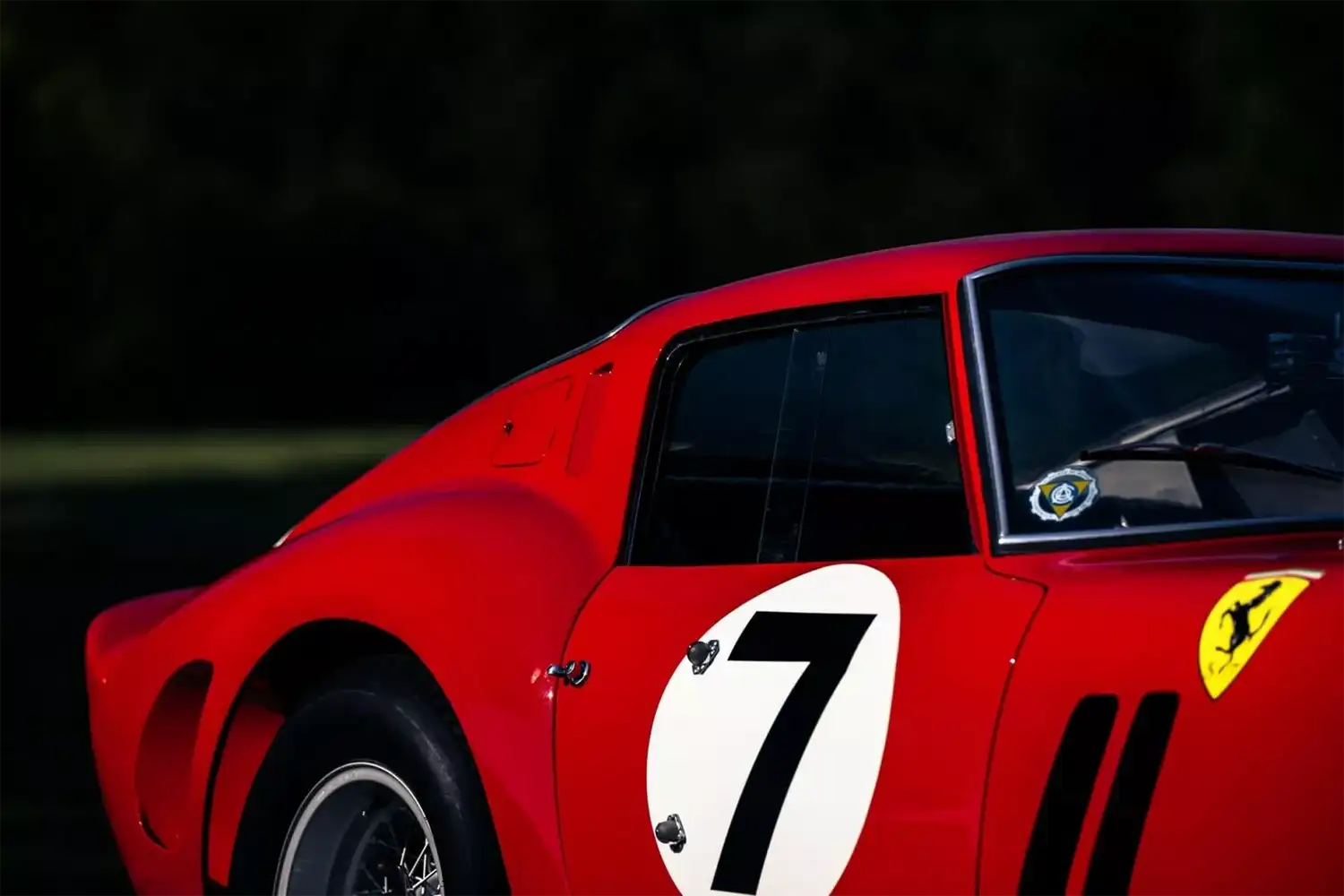
Latteri achieved one more class win in March 1966 before trading the GTO back to the factory in early 1967. Within the next few months, the Ferrari was sold to California resident Mario Tosi, and he specified a refinish of the coachwork in giallo before the car was exported to the United States. A year later 3765 was purchased by Jack Reuter of St. Louis, Missouri, and the car then began participating in American marque gatherings. Reuter drove the GTO in a local FCA tour in November 1971, and he exhibited the car at the Annual FCA Meet held at Grosse Pointe, Michigan, in June 1973, winning a class award and the Judges Choice award.
FROM AN FCA CHAIRMAN TO 38 YEARS OF SINGLE OWNERSHIP
By August 1974 the Ferrari was sold to Fred Leydorf of Birmingham, Michigan. In addition to working as the manager of the American Motors Corp. engine design team, Mr. Leydorf was a chairman of the FCA, and his ownership brought 3765 considerable exposure within the Ferrari collecting niche. Over the following 10 years, he exhibited the GTO at no less than five FCA meets, and he additionally displayed the car at the Styling Auto Show staged by the Chrysler Design Office in October 1976.
In April 1985 Mr. Leydorf sold the Ferrari to the current owner, a dedicated collector based in Ohio. After being treated to a full restoration by the specialists at Shelton Ferrari in Fort Lauderdale, Florida, the GTO was presented at a string of major events, commencing with the FCA National Concours d’Elegance at Watkins Glen in June 1990, where the car won it class. After enjoying the Ferrari at the Vintage Grand Prix at Mid-Ohio in June 1991, the owner presented the car at the Cavallino Classic in February 1995, where it earned a class award, the Scuderia Ferrari Cup, and the Coppa Bella Macchina. Displayed three months later at the FCA National Concours d’Elegance in Columbus, Ohio, the GTO won a Platinum Award and the Coppa Bella Macchina.
The accolades continued with a Blue Ribbon Award at the 1997 Meadow Brook Concours d’Elegance, after which the Ferrari was presented at the 1998 Ault Park Concours d’Elegance and the 2001 Amelia Island Concours d’Elegance. Returning to Ault Park in June 2004, the GTO won its class, and three years later the owner drove the car on the 250 GTO 45th Anniversary Tour in Sonoma, California. Most significantly, in August 2011 the Ferrari was exhibited in the Pebble Beach Concours d’Elegance’s celebratory GTO class, and the car went on to take 2nd-place among 23 total GTO examples. Seven months later the GTO drove away with the Best-of-Show award at the Amelia Island Concours d’Elegance, again besting 12 other sister cars. These successful appearances were followed by participation in the 60th anniversary 250 GTO Tour through North Carolina, Tennessee, and Virginia in September 2022.
As one of 34 GTO examples built with Tipo 1962 coachwork, and the only example originally equipped with a 4-liter engine, chassis number 3765 has been profiled several times in the Ferrari-focused publications Prancing Horse and Cavallino, and its period racing career was documented in magazines like Sports Car Graphic, Road & Track, and Autosport. This 330 LM / 250 GTO is also desirably documented with factory records that clarify its early history, including two sets of build sheets (one each for the factory preparation for the Nürburgring and Le Mans), and a third spec sheet that outlines the factory modifications to 250 GTO specifications conducted for privateer racing in May 1963, including installation of the currently fitted engine.
Now publicly offered for the first time in 38 years, a period characterized by diligent and fastidious upkeep through almost four decades of single ownership, this truly remarkable GTO is nothing short of a legend. It is known to be the only example campaigned by the Scuderia Ferrari on behalf of SEFAC Ferrari’s ownership. Eligible for major events worldwide, including Le Mans Classic, this stunning GTO offers its next caretaker further touring and vintage racing enjoyment, or display at major concours d’elegance and marque gatherings worldwide.
For true automotive connoisseurs, our eyes now tell us what our souls already recognize—that the offering of such an automotive legend as 3765 is a rare moment of opportunity that will transpire faster than the streak of a shooting star, or a flash of lightning. Serious Ferrari collectors are urged to not let this moment slip away without due recognition, for the public availability of such a singular GTO may never repeat itself within our lifetime. This extraordinary chance to acquire the Holy Grail of the sports car pantheon should be relished for the opportunity it is, never to be relinquished to the haunting memory of what might have been.
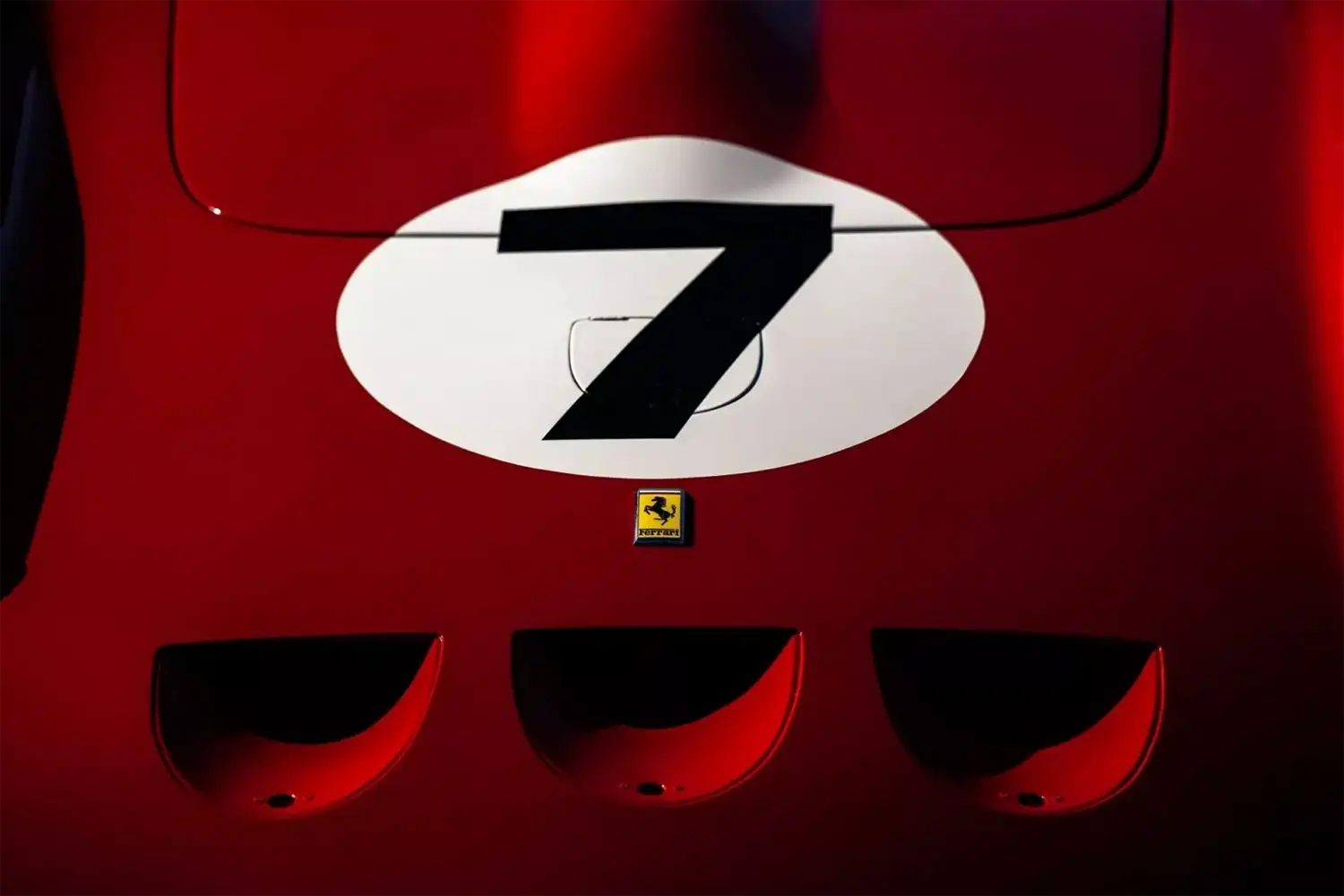
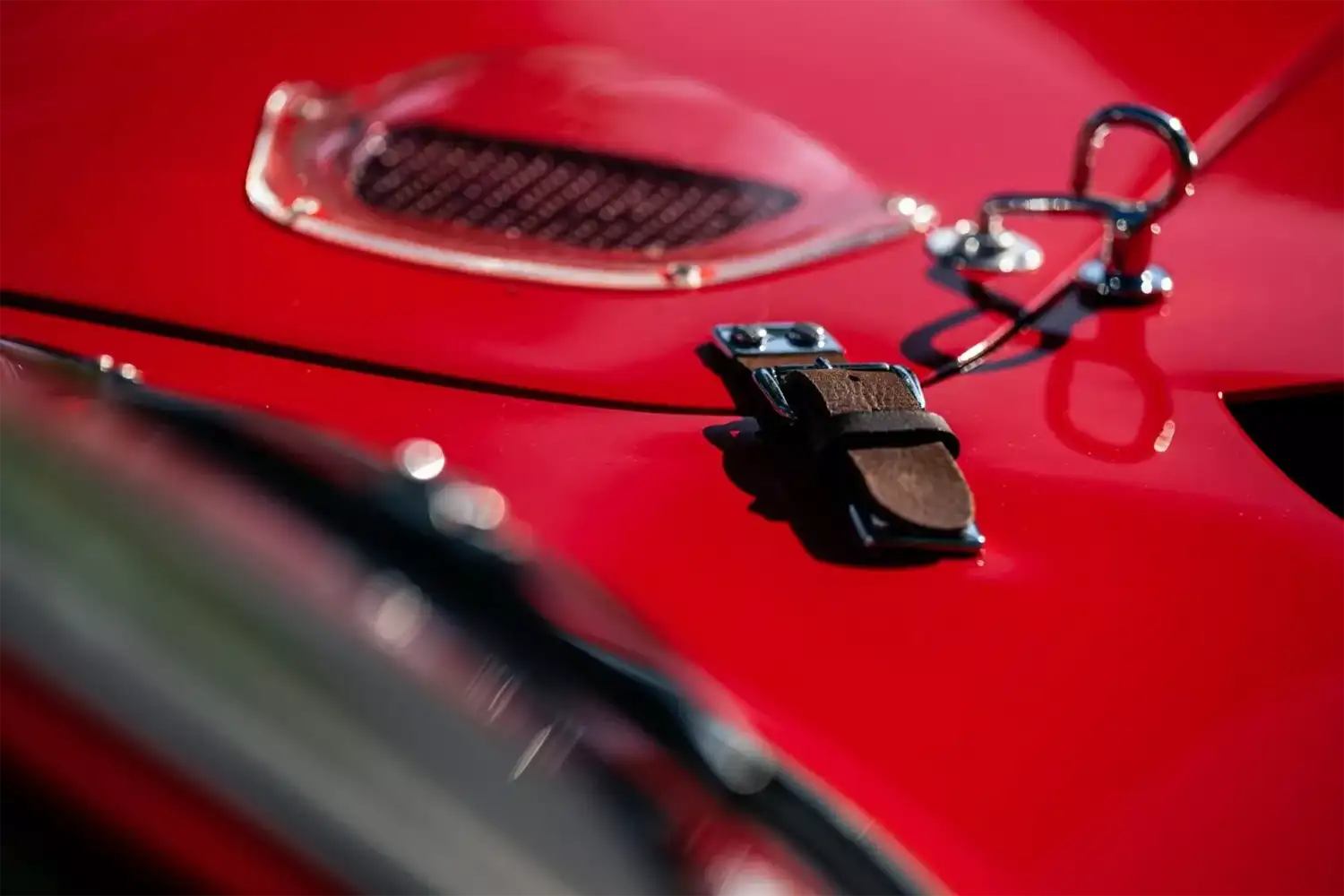
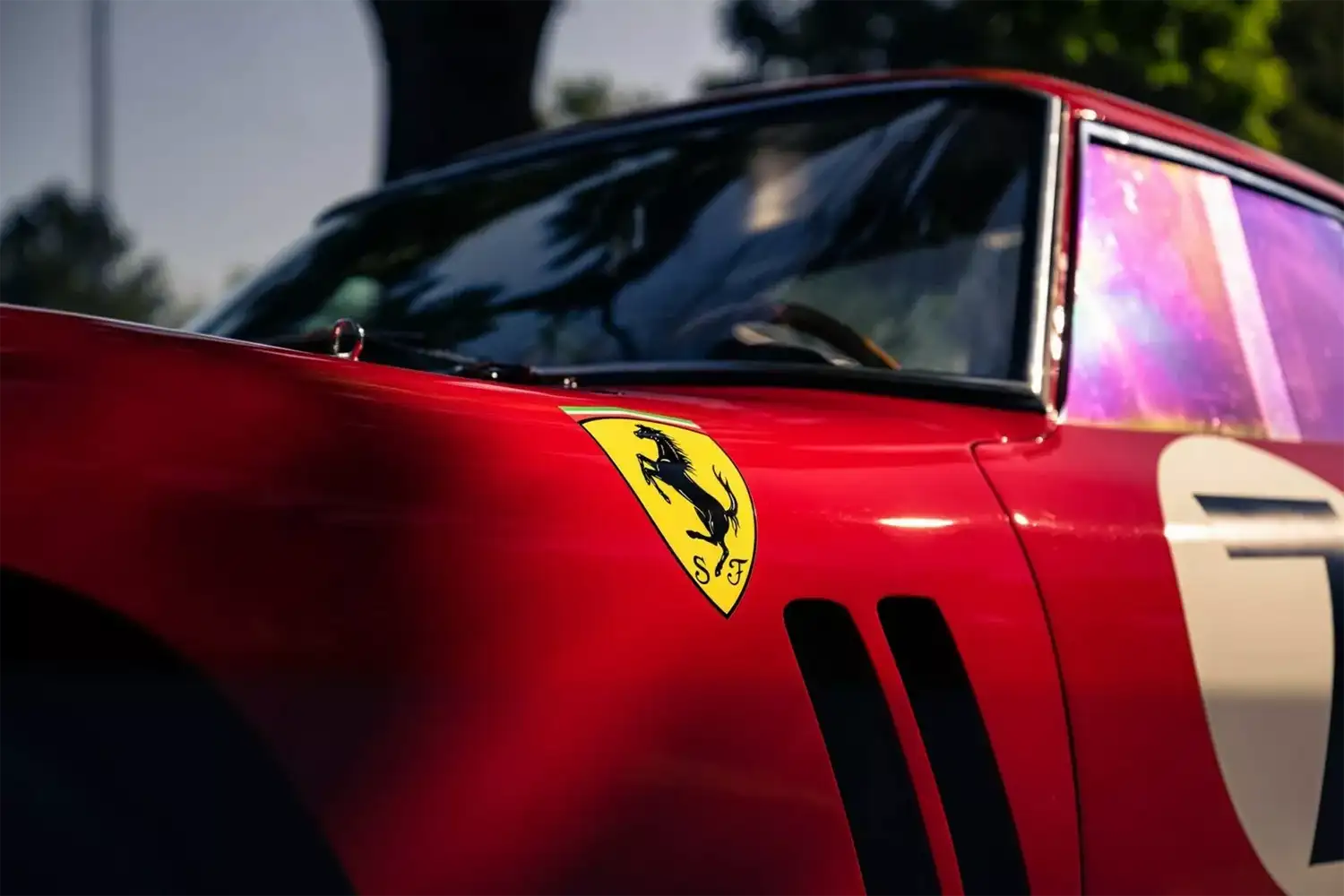
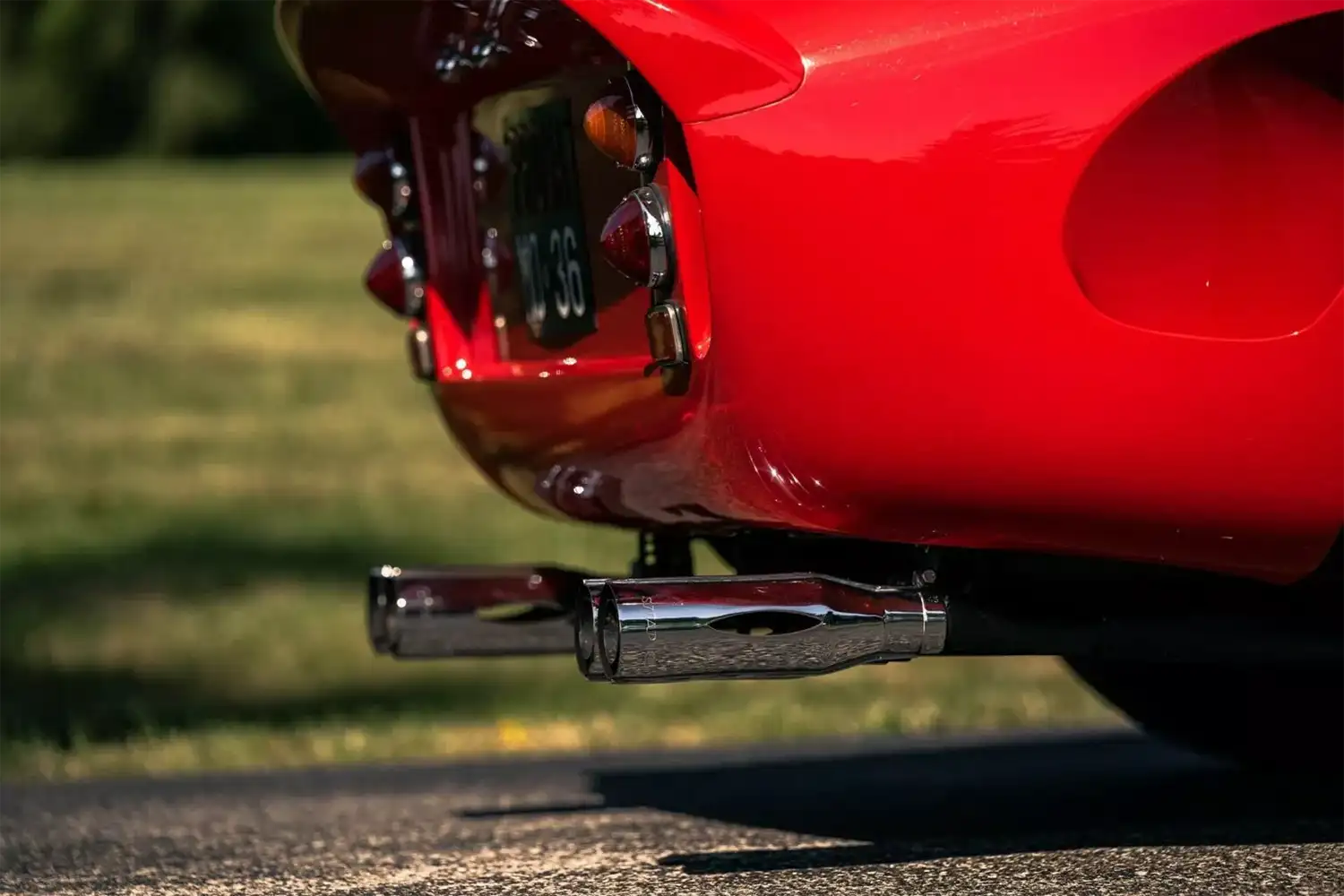
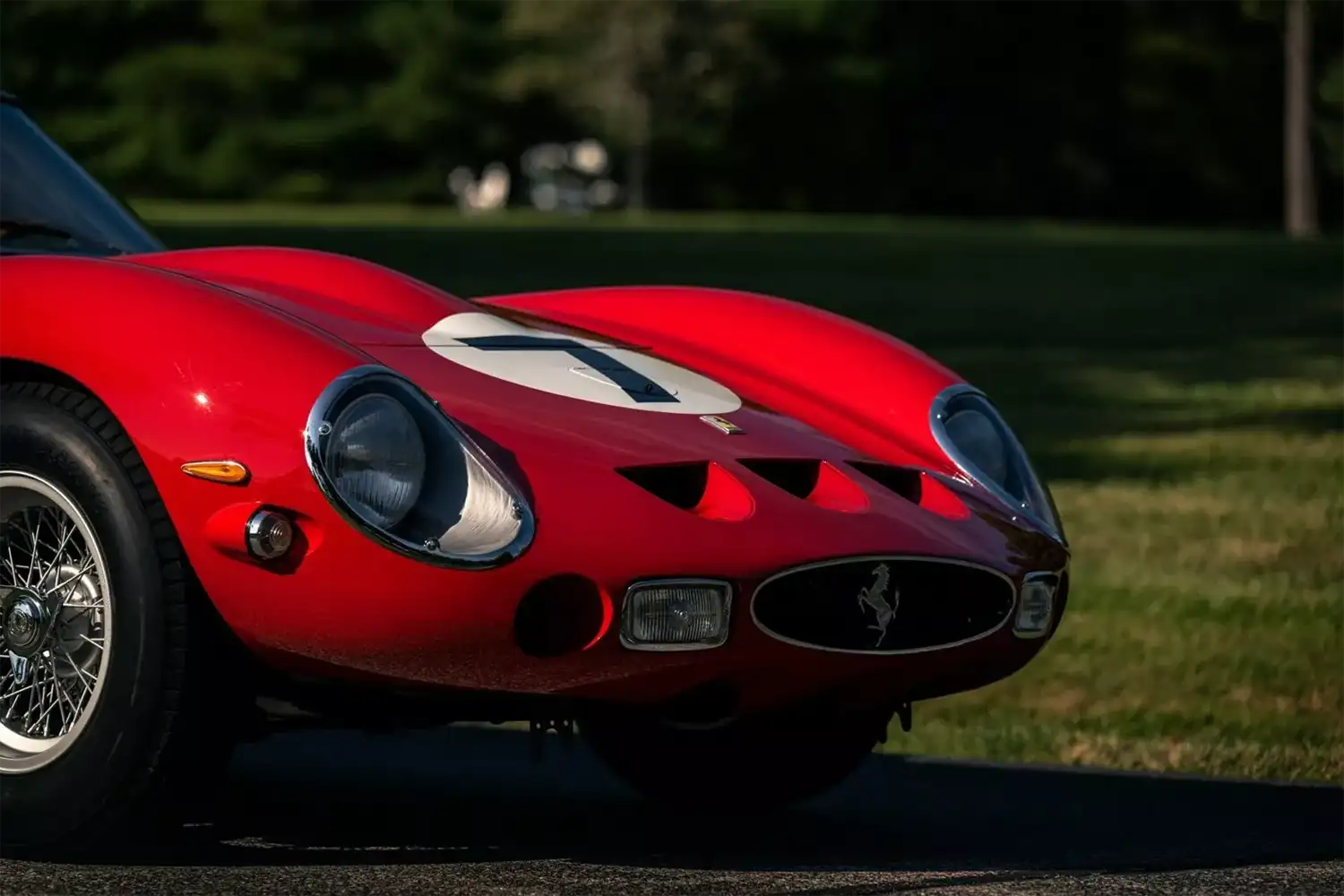
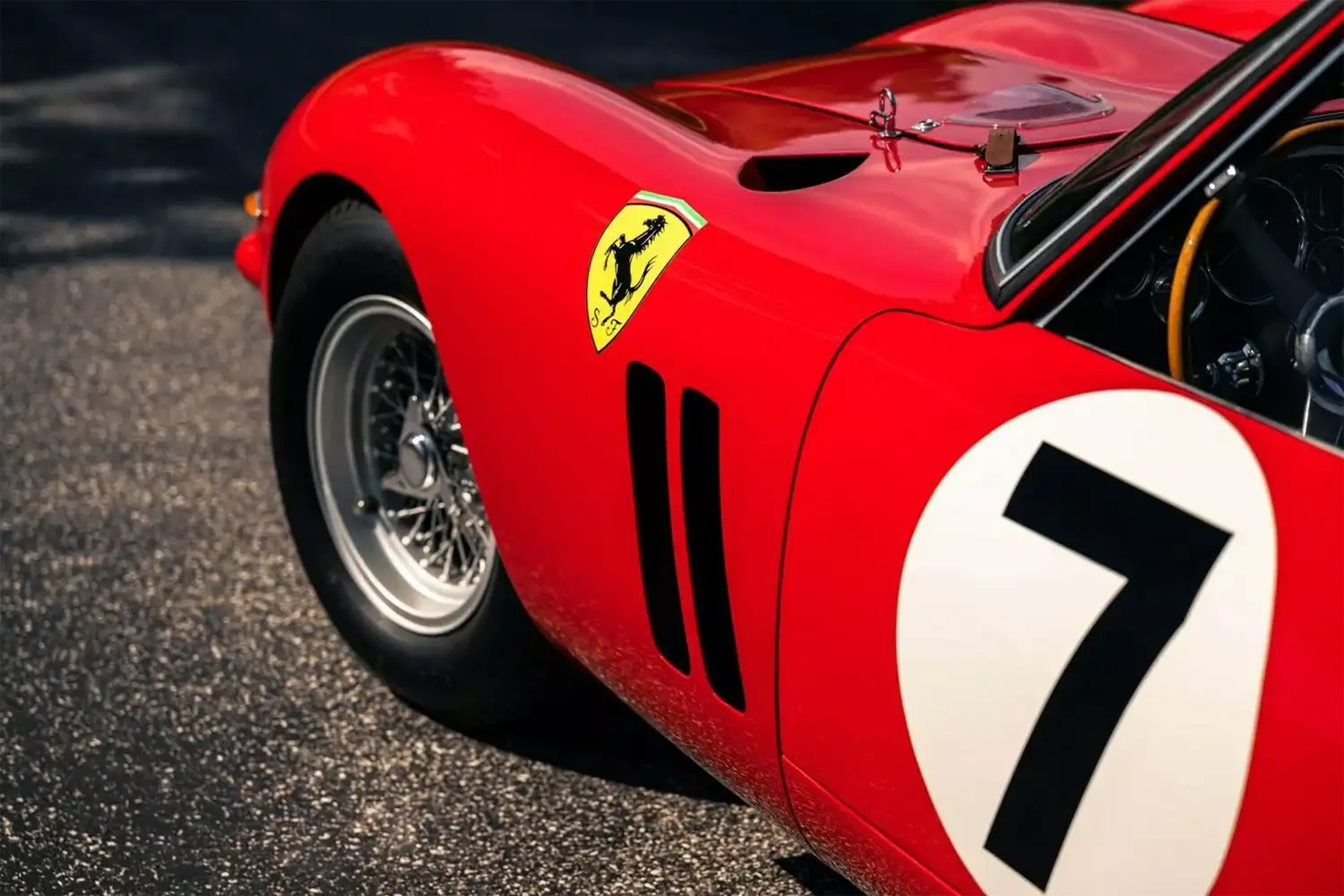
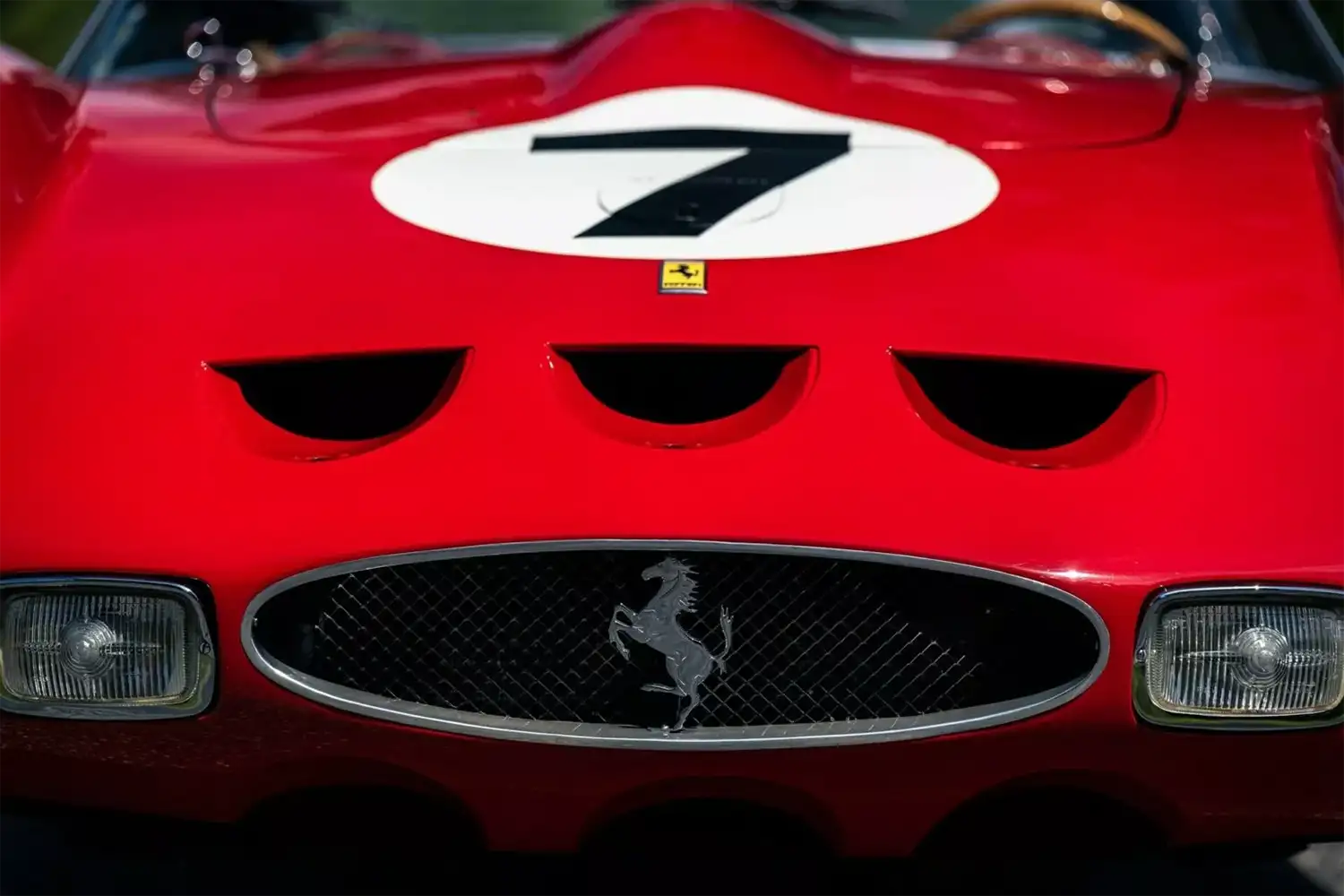
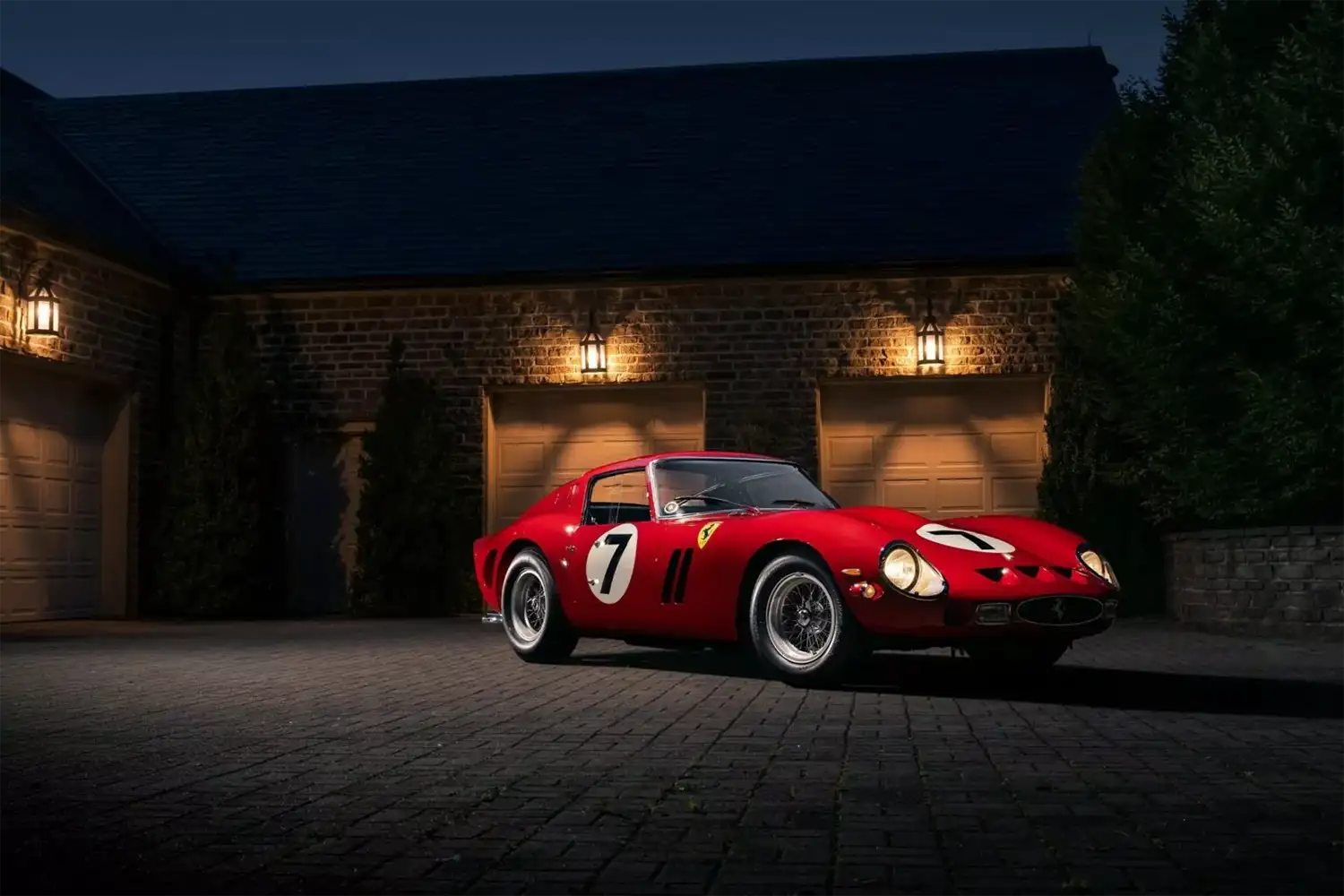
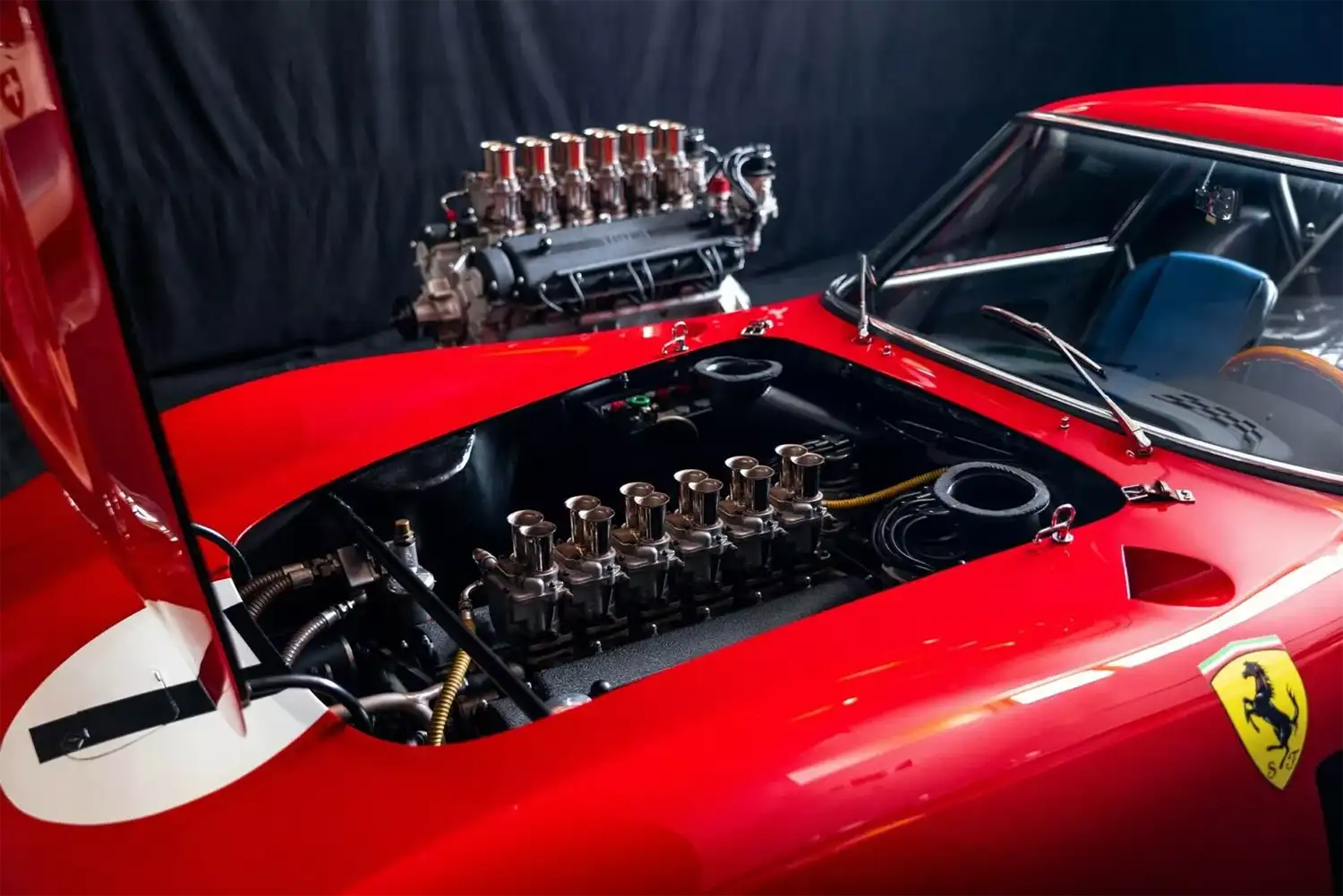
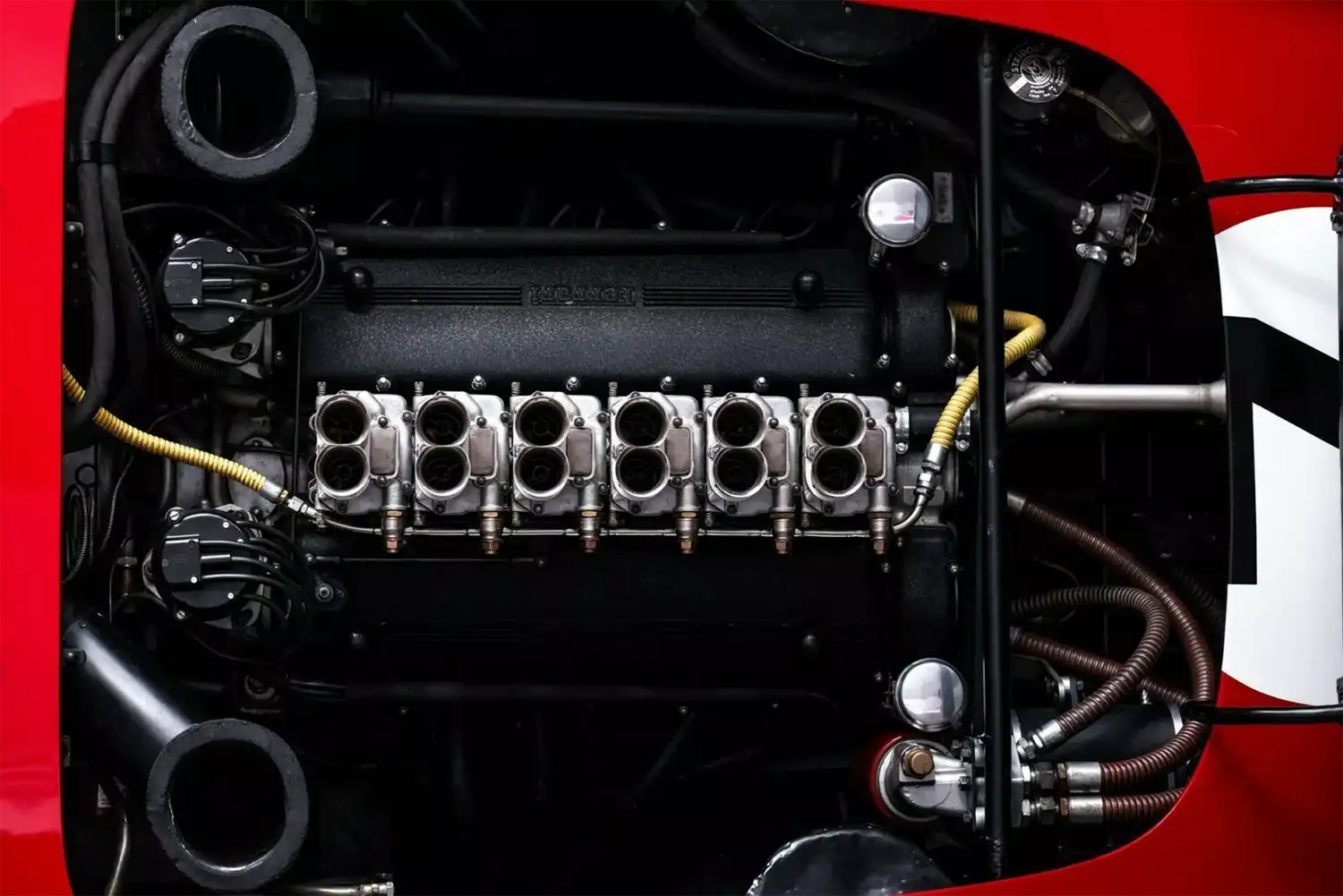
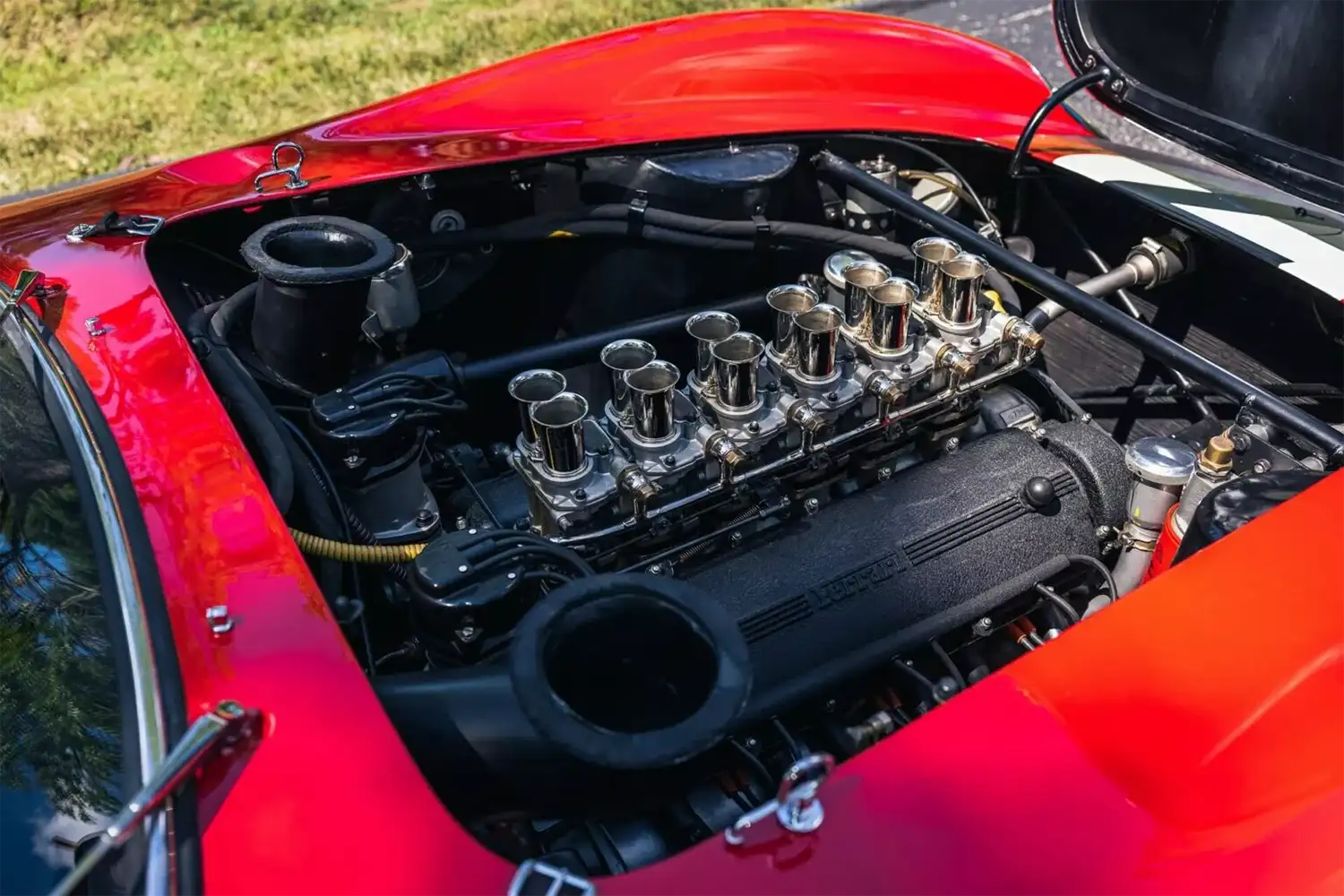
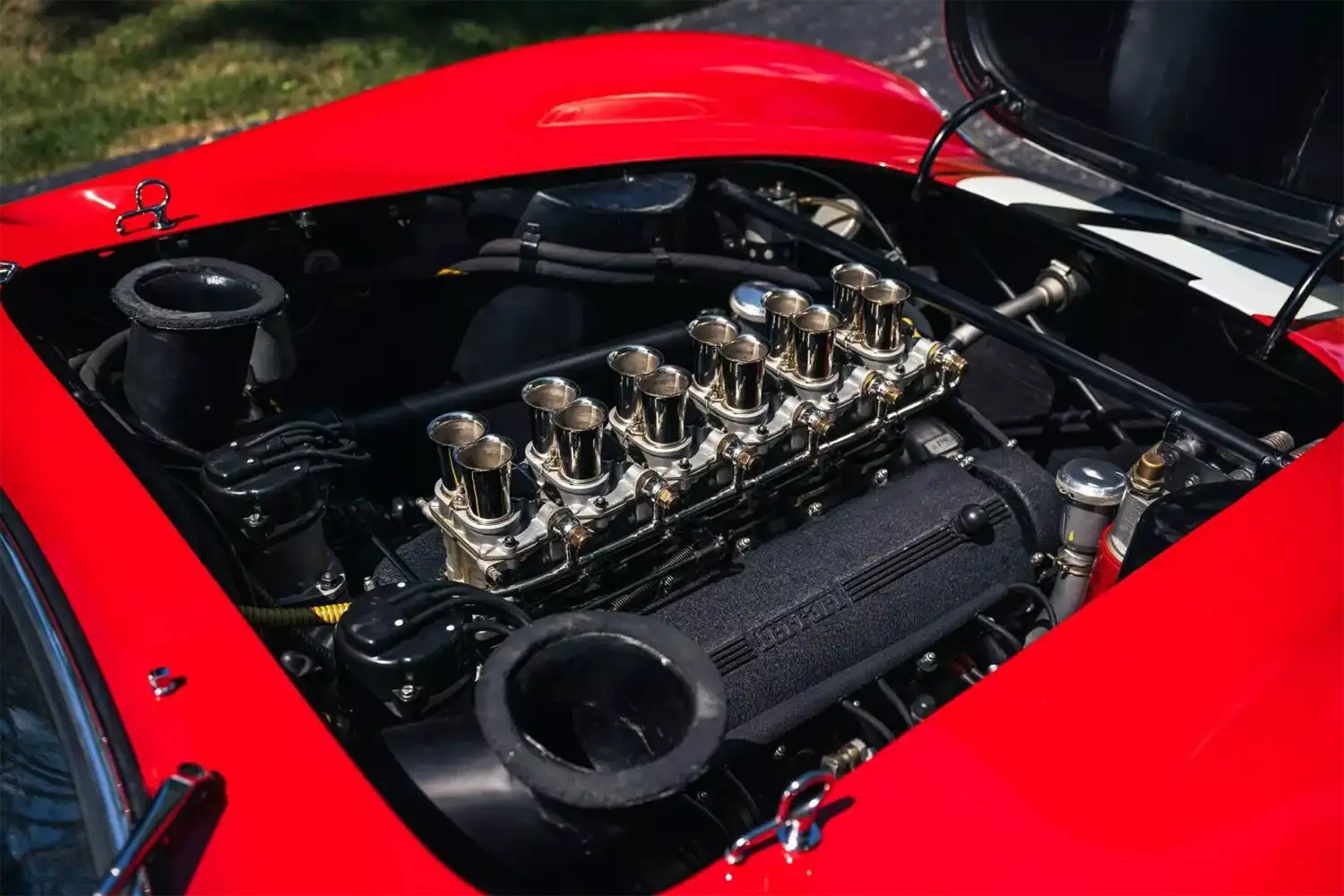
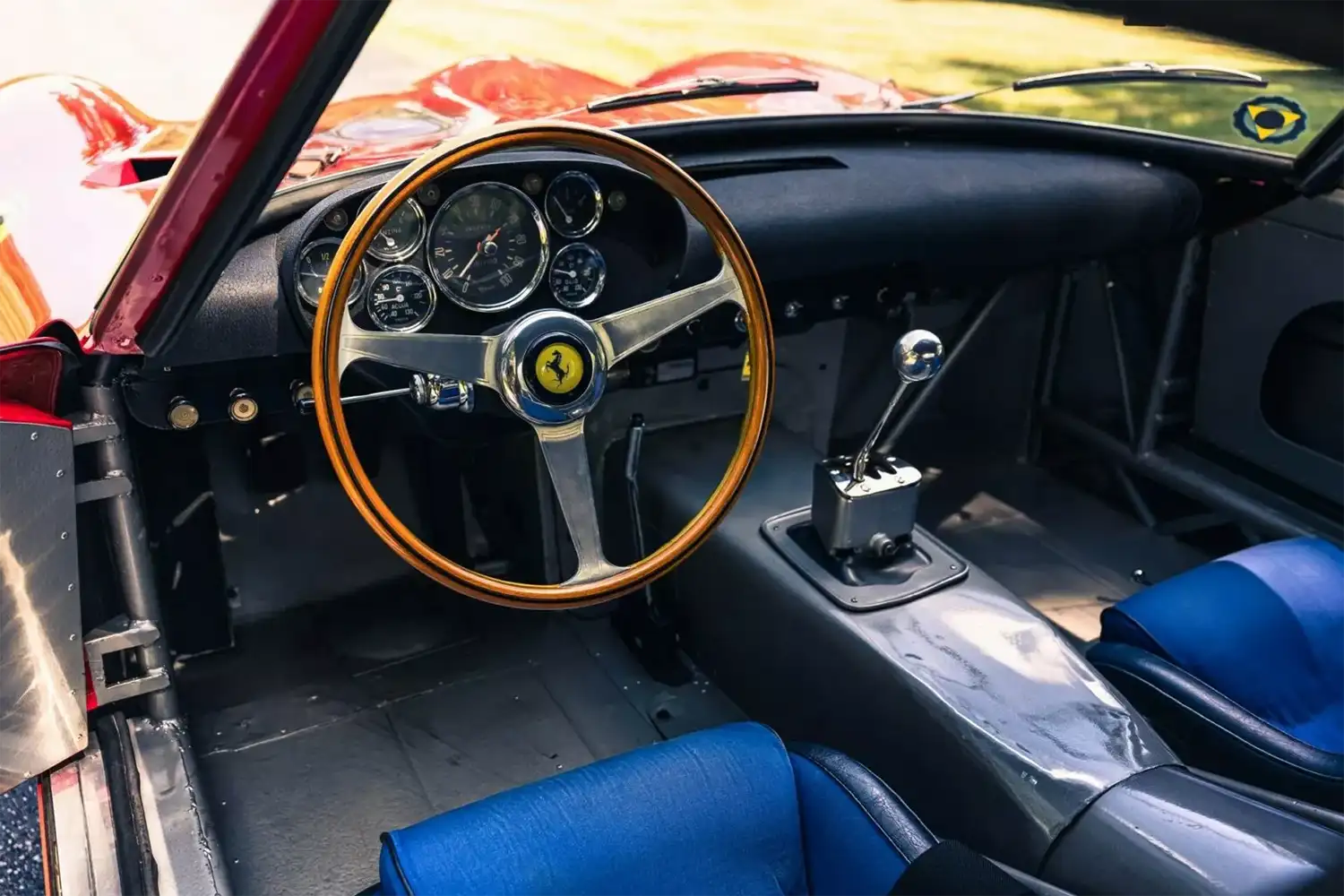
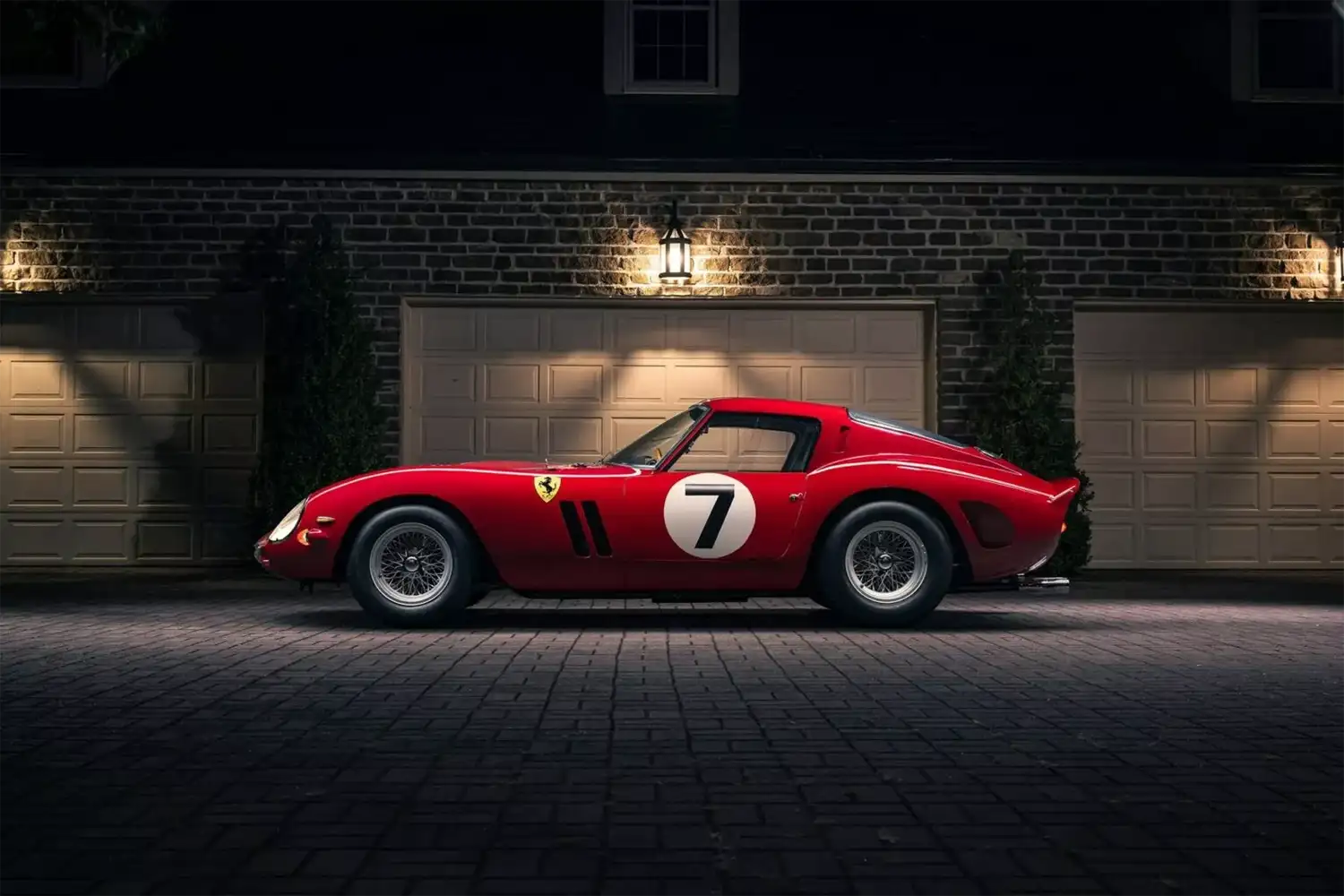
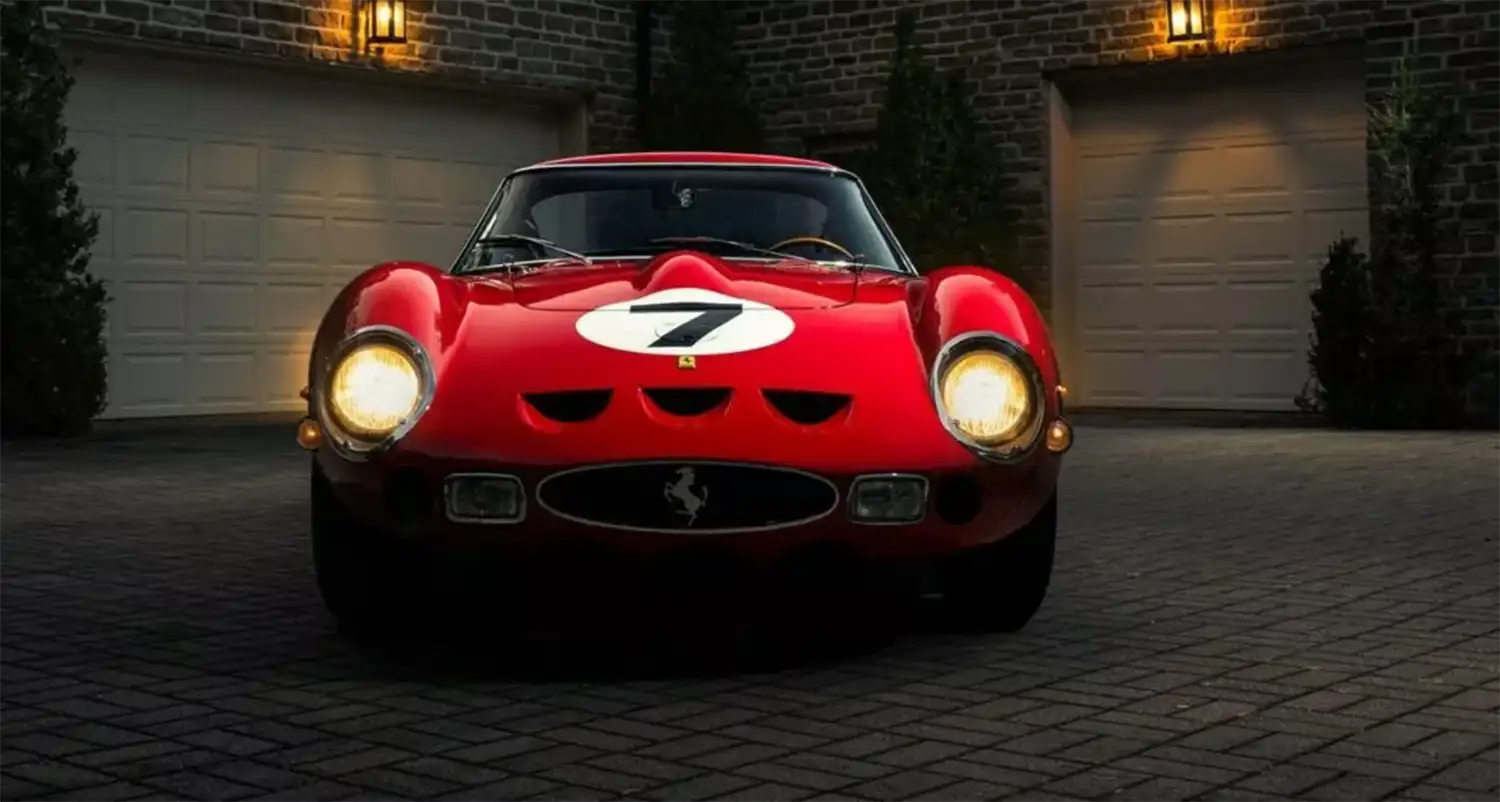
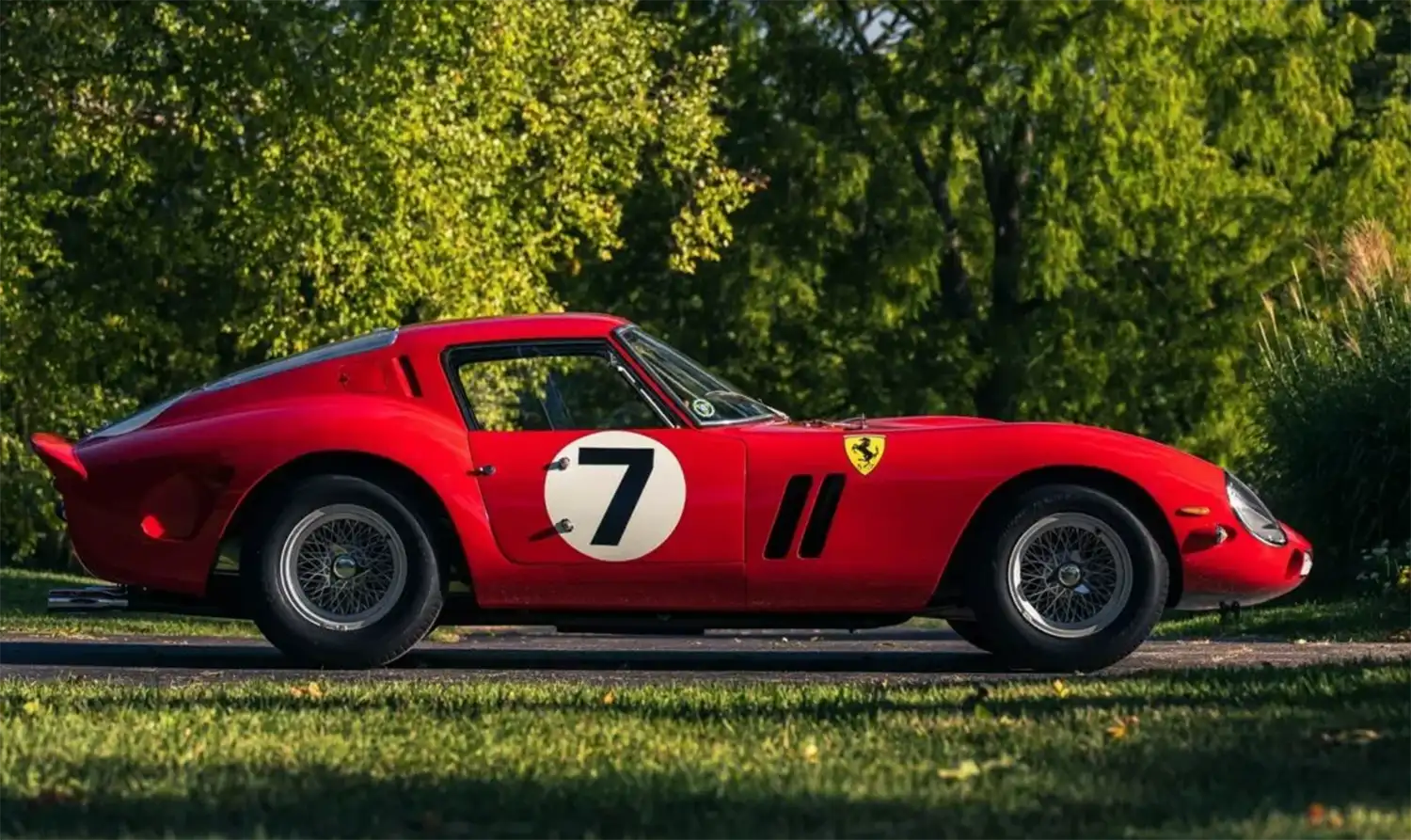
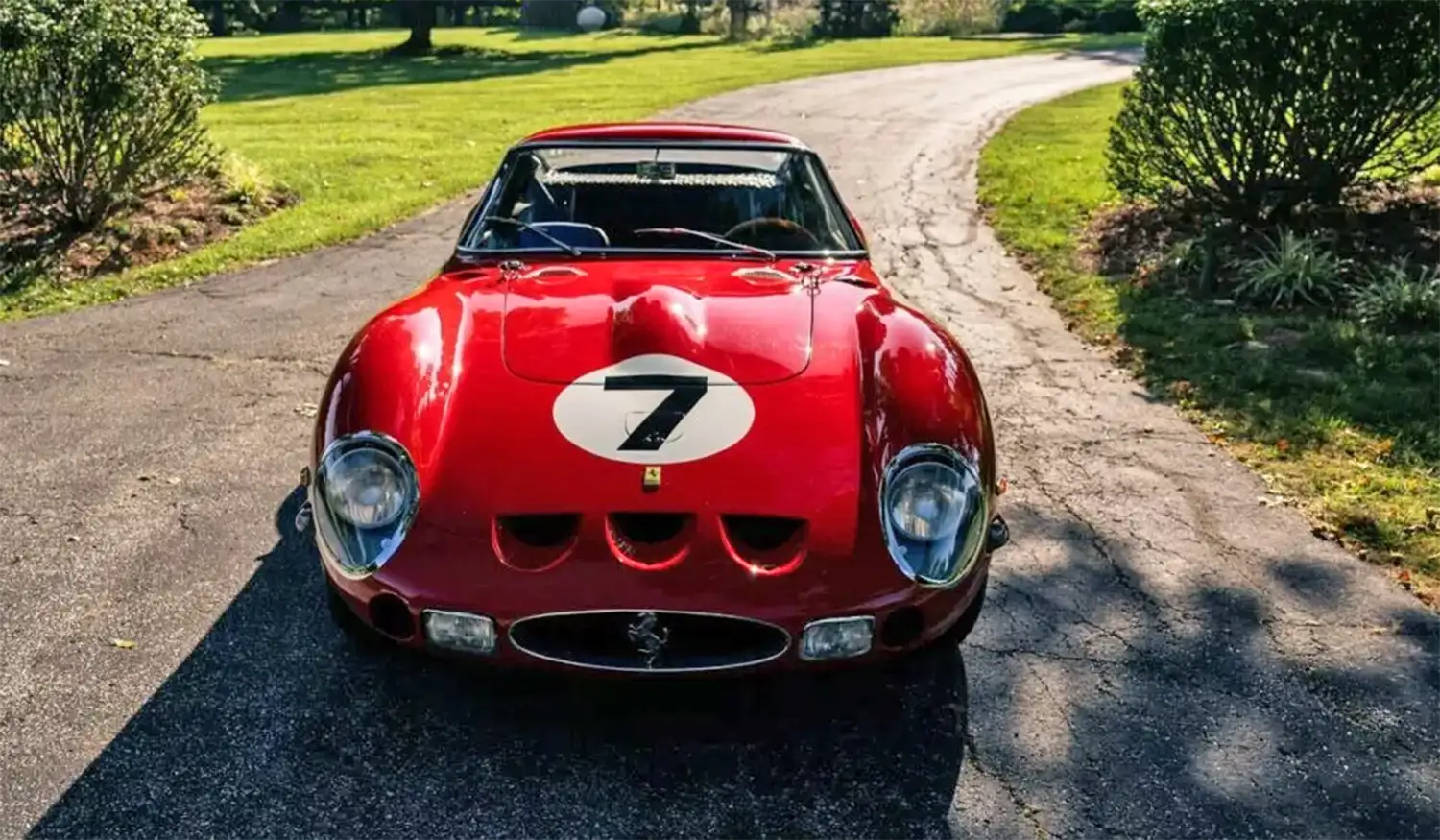
The post 1962 Ferrari 330 LM / 250 GTO by Scaglietti appeared first on Wheelz.me-English.


